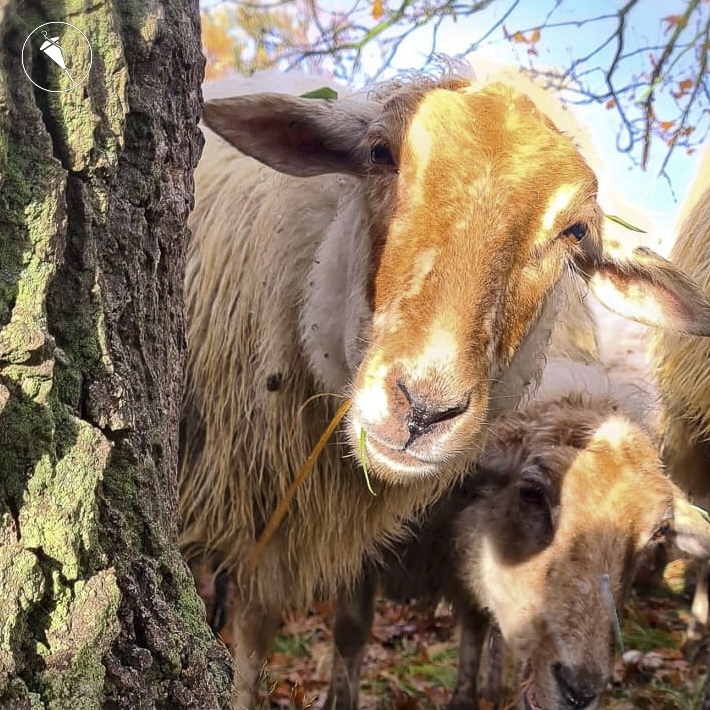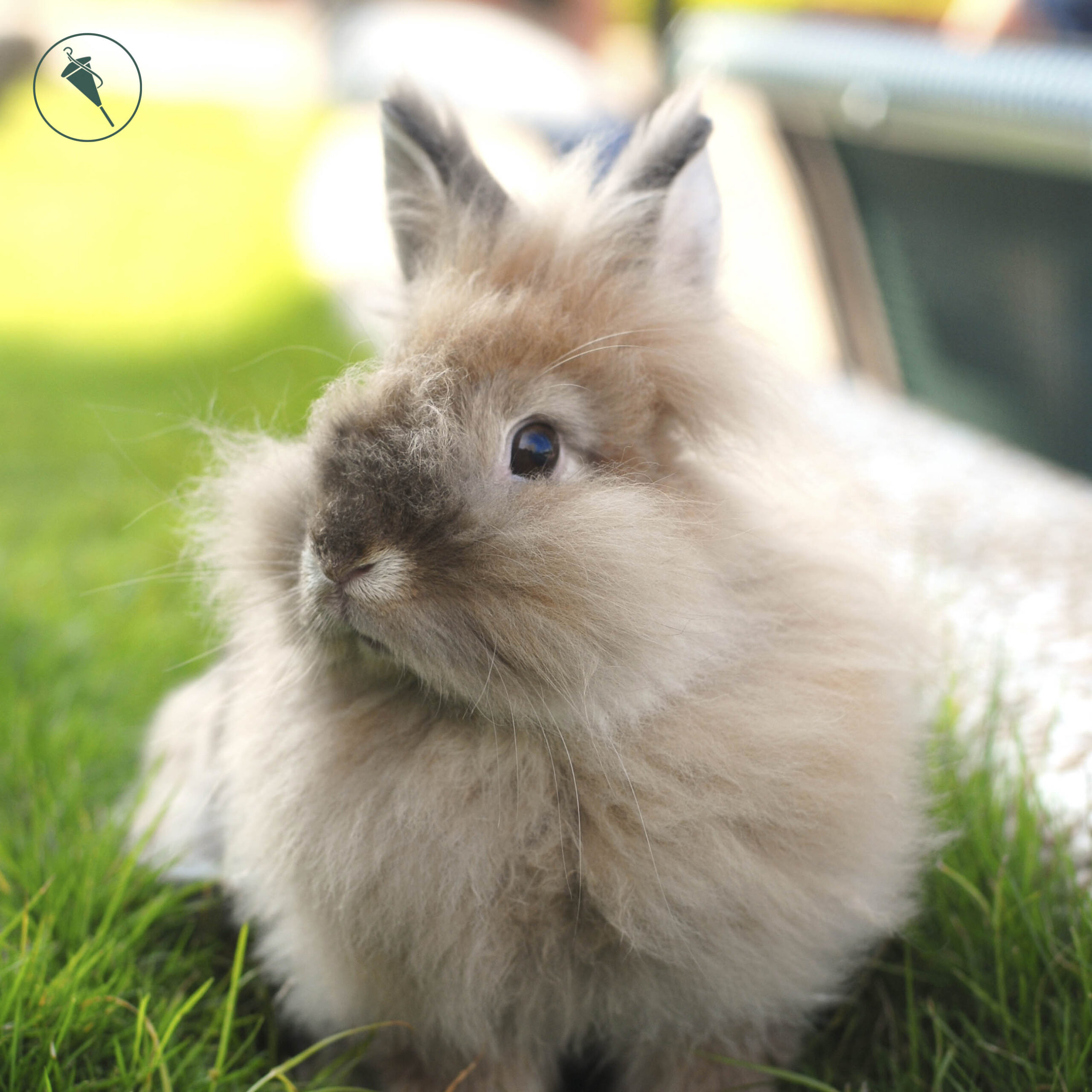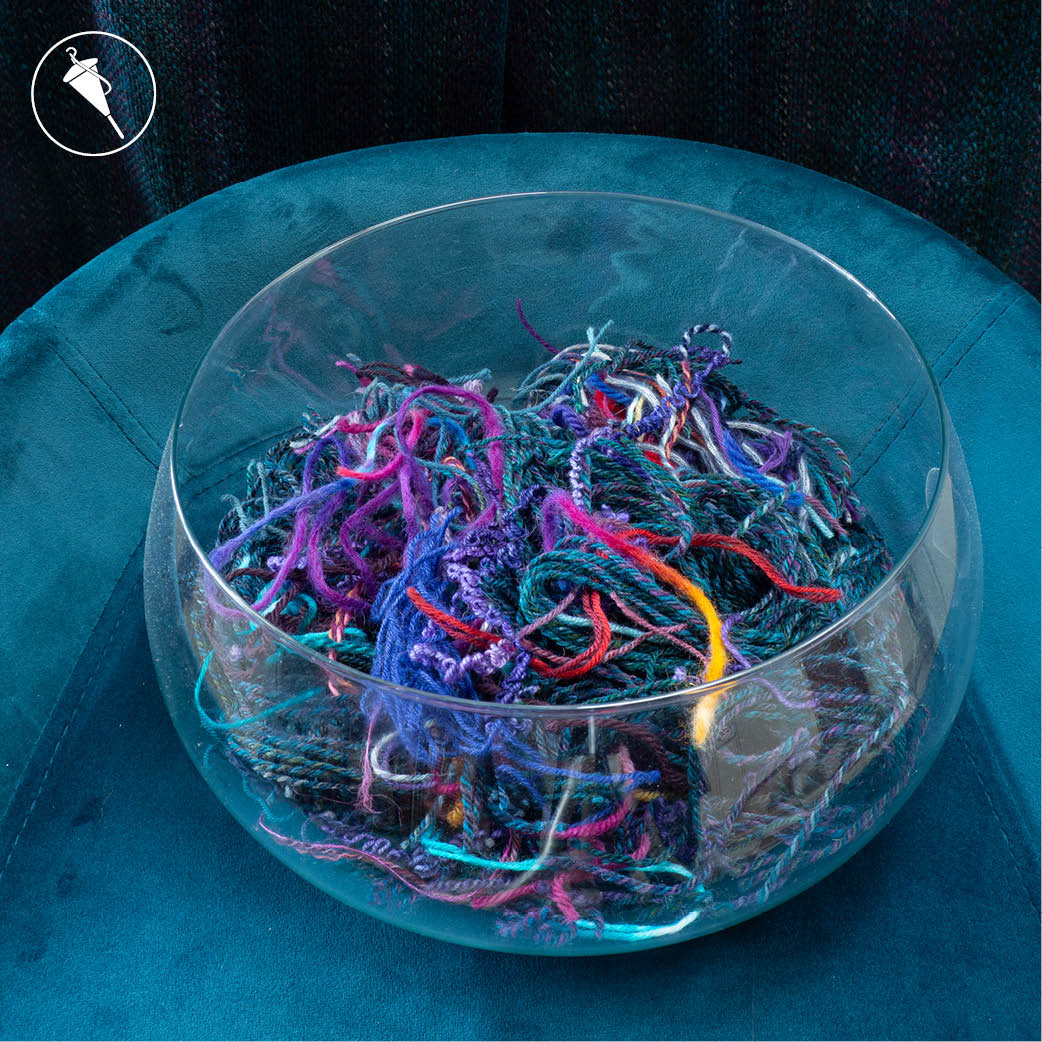Spinning

Is there anything quite so relaxing as spinning? When you start from scratch, you have complete control over each aspect of your yarn: from the fibre, to fibre prep, to the construction. Read articles about sheep breeds, new plying techniques and preparing fleeces for spinning.
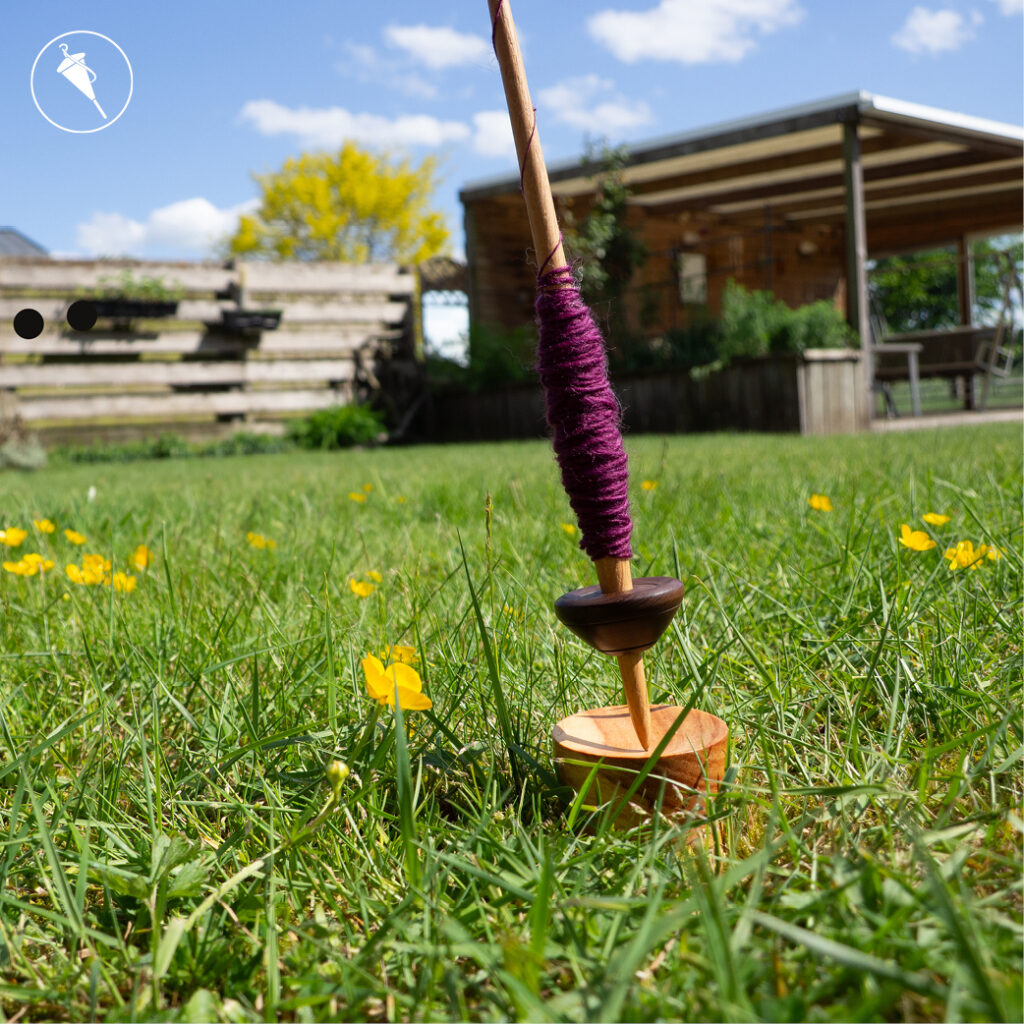
Learn to spin supported
Spin long draw on a spindle
Do you want to learn how to spin on a support spindle? It’s easier than you might think! We’ve broken the learning curve down into a few simple steps.
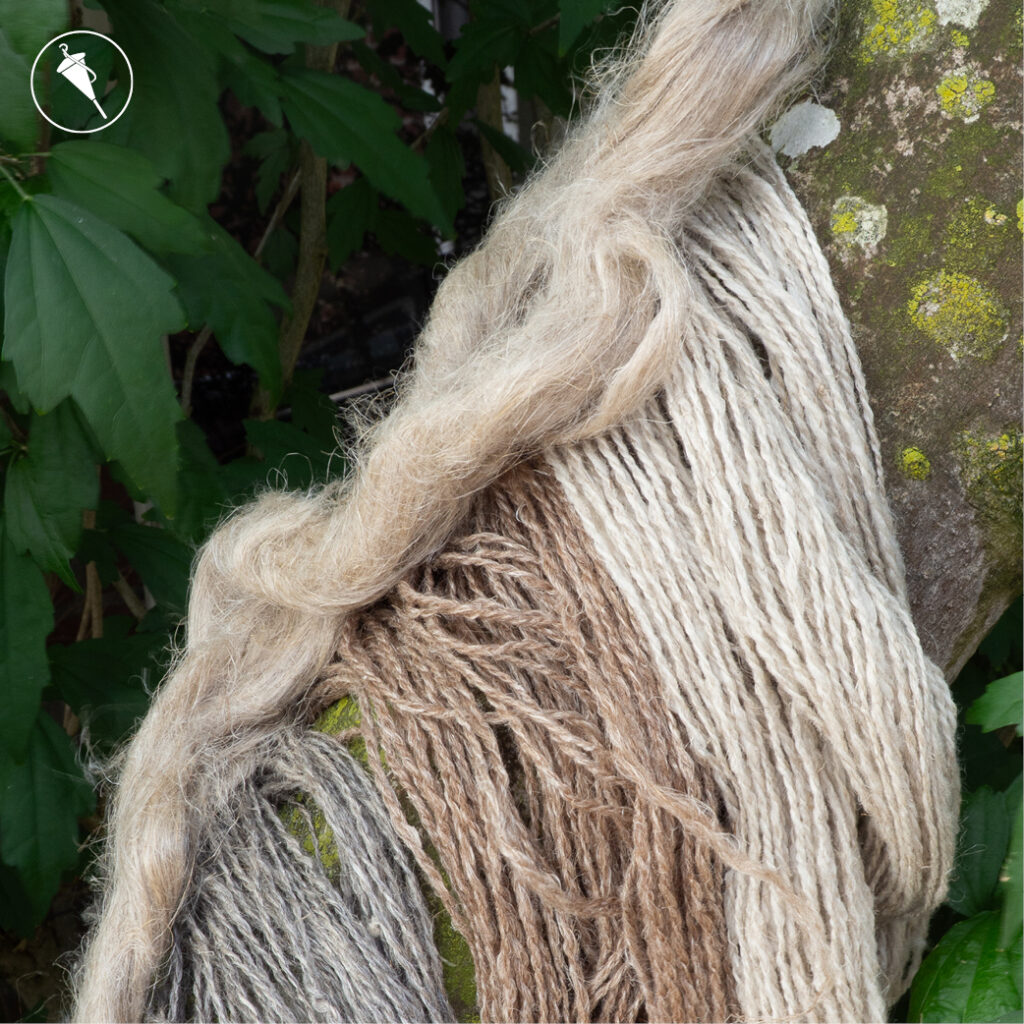
Spinning wool and linen yarn
Learn how to blend wool with flax
It may be prohibited in the Hebrew Bible, but yarn made from wool and linen is actually lovely to work with! In this article, we give various tips on how to make this a sinfully pleasant spinning experience.

Spinning wheels, explained
Tensioning systems
Scotch tension, Irish tension, double drive… Dutch tension? All of these systems are explained in detail in this article, written in collaboration with Lojan.
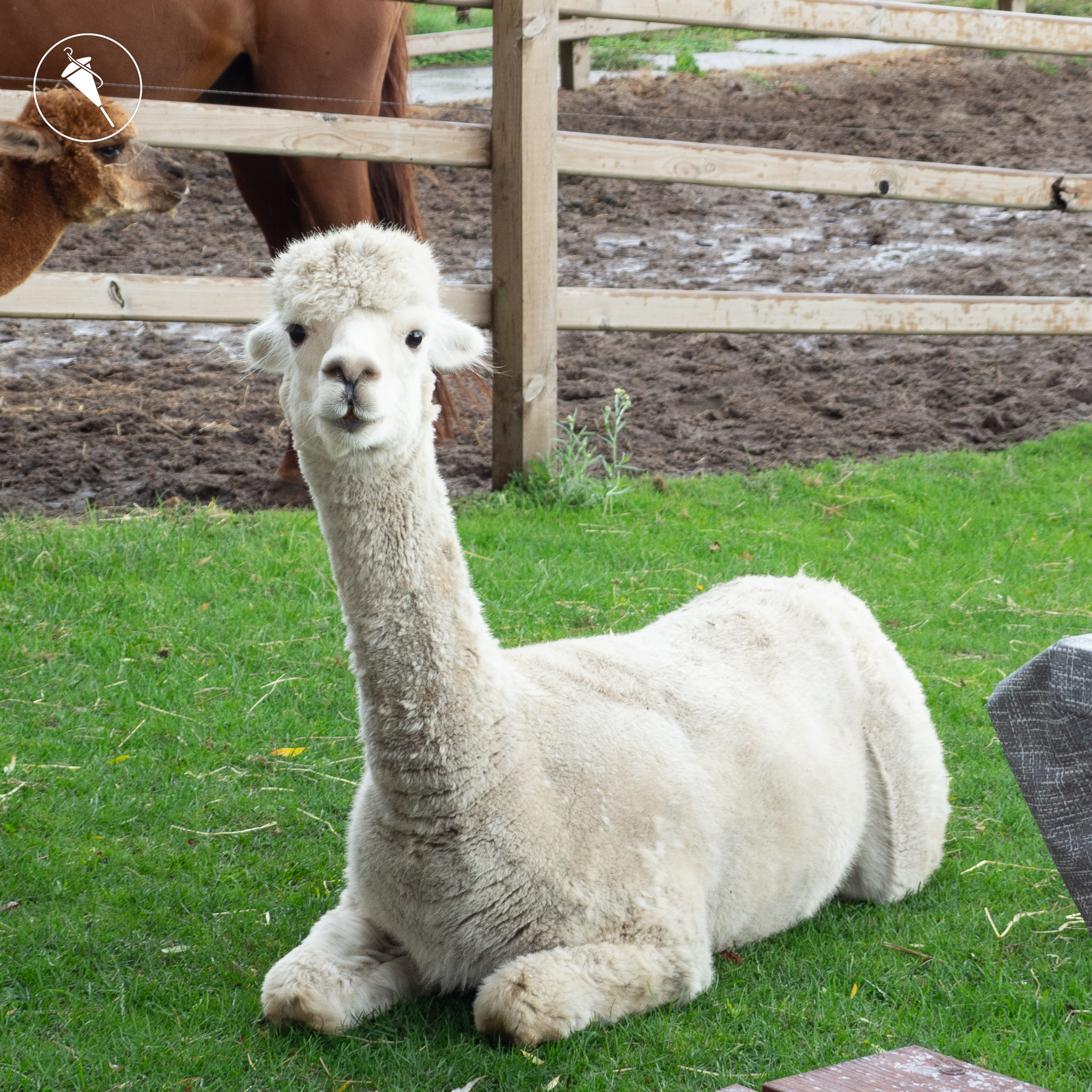
Alpaca
Warmer than wool
Have you ever wondered how to treat this camelid fibre? Or do you want to know what this animal has to do with the Incas? In this article, we dive into the history of alpacas and provide all the information you need in order to work with this wonderful fibre.

Learn to spin
Spindle spinning: modern versus medieval
Modern and medieval spindles are very different, and so are the spinning styles! We’ve compared and analysed them, to see how we can become better spinners.

Save water when washing fleece
Let bacteria do their thing
Want to wash fleece, but with less effort and water than the traditional soap method? Try the suint method! We’ve explained this method and compared it to the regular soap method of washing dirty fleece.

Spinning soy fibre
Sustainable silk alternative
Waste from the soy industry can be made into gorgeous fibre. Read all about how it’s produced, how sustainable it really is and how to work with it in our second magazine.

Royal sheep
Special French merino wool
Read the story of Rambouillet! This interesting breed has wonderfully soft and bouncy wool, as well as a very interesting history.
Twisting Tales Magazine
Editions available
-
 Twisting Tales Magazine no. 09Price range: €19,84 through €24,79 inc. VAT
Twisting Tales Magazine no. 09Price range: €19,84 through €24,79 inc. VAT -
 Twisting Tales Magazine no. 08Price range: €19,84 through €24,79 inc. VAT
Twisting Tales Magazine no. 08Price range: €19,84 through €24,79 inc. VAT -
 Twisting Tales Magazine no. 07Price range: €19,84 through €24,79 inc. VAT
Twisting Tales Magazine no. 07Price range: €19,84 through €24,79 inc. VAT -
 Twisting Tales Magazine no. 06Price range: €19,84 through €24,79 inc. VAT
Twisting Tales Magazine no. 06Price range: €19,84 through €24,79 inc. VAT -
 Twisting Tales Magazine no. 05Price range: €19,84 through €24,79 inc. VAT
Twisting Tales Magazine no. 05Price range: €19,84 through €24,79 inc. VAT -
 Twisting Tales Magazine No. 04Price range: €19,84 through €24,79 inc. VAT
Twisting Tales Magazine No. 04Price range: €19,84 through €24,79 inc. VAT -
 Twisting Tales Magazine No. 03Price range: €19,84 through €24,79 inc. VAT
Twisting Tales Magazine No. 03Price range: €19,84 through €24,79 inc. VAT -
 Twisting Tales Magazine No. 02Price range: €19,84 through €24,79 inc. VAT
Twisting Tales Magazine No. 02Price range: €19,84 through €24,79 inc. VAT -
 Twisting Tales Magazine No. 01Price range: €19,84 through €24,79 inc. VAT
Twisting Tales Magazine No. 01Price range: €19,84 through €24,79 inc. VAT
-
 Crochet Notebook€9,91 inc. VAT
Crochet Notebook€9,91 inc. VAT -
 Dyeing Notebook€9,91 inc. VAT
Dyeing Notebook€9,91 inc. VAT -
 Knitting Notebook€9,91 inc. VAT
Knitting Notebook€9,91 inc. VAT -
 Sewing Notebook€9,91 inc. VAT
Sewing Notebook€9,91 inc. VAT -
 Spinning Notebook€9,91 inc. VAT
Spinning Notebook€9,91 inc. VAT -
 Weaving Notebook€9,91 inc. VAT
Weaving Notebook€9,91 inc. VAT




